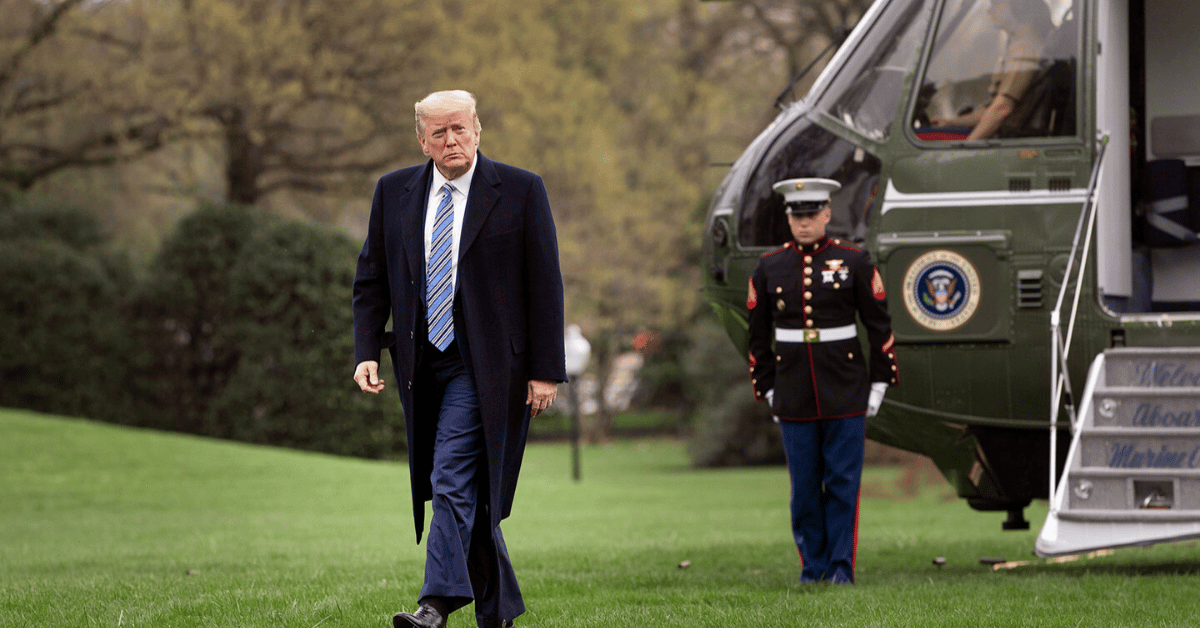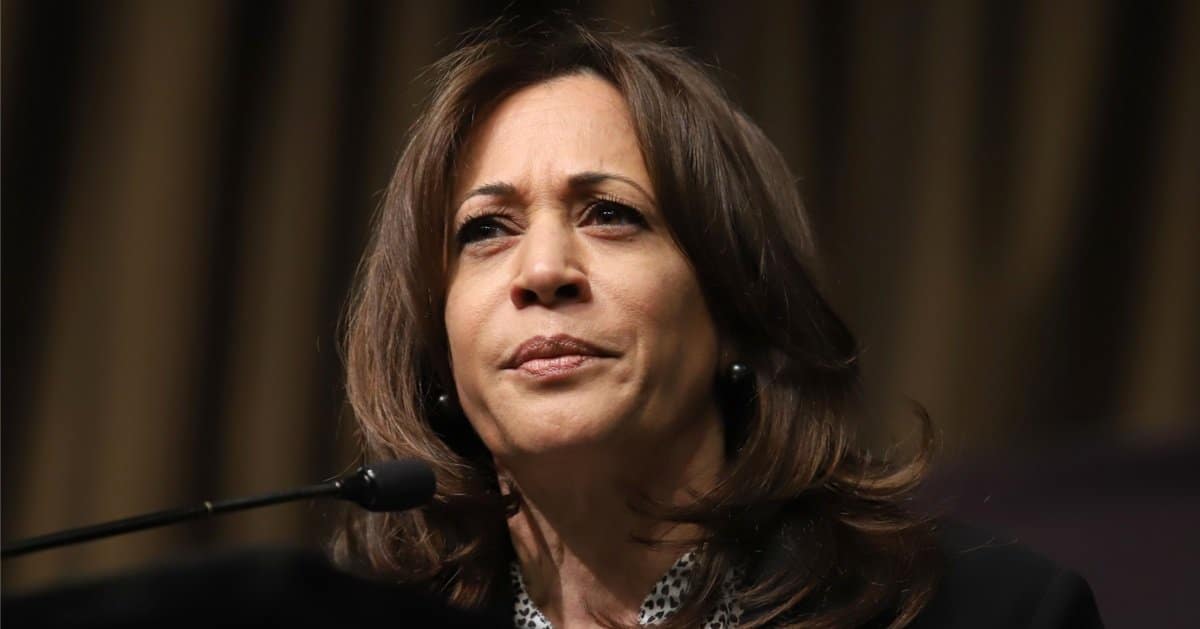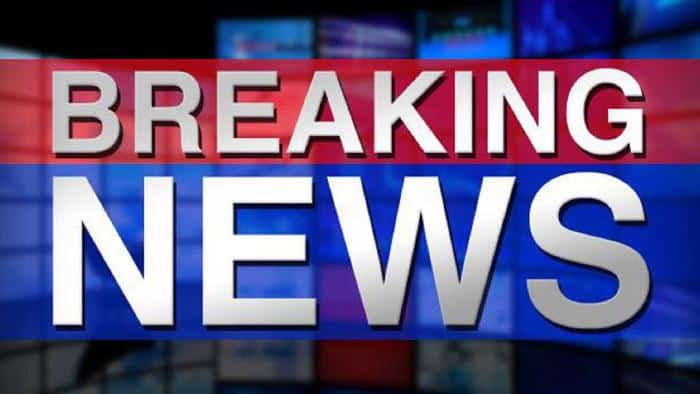


Russia’s relentless drone barrage on Ukraine’s border with Romania has NATO on edge. On the night of August 5-6, 2025, Moscow unleashed what Ukraine called its largest aerial assault of the war, targeting civilian infrastructure just half a mile from Romanian territory. This isn’t just Putin flexing muscles—it’s a dangerous poke at NATO’s doorstep.
Fox News reported that Russia’s drones hammered oil and gas pipelines at the Orlivka plant in Ukraine’s Ismail region, sending flames and smoke billowing across the Danube River, visible from Romania.
Romania’s Ministry of National Defense (MApN) confirmed the attack in a post on X, noting its radar systems picked up air targets near Tulcea County. At 1:10 a.m., a RO-Alert warned residents of potential threats, signaling the gravity of the situation.
Romania, a NATO member, didn’t sit idle—it scrambled two F-16 jets to patrol its airspace. No unauthorized intrusions were detected, but the MApN promised to keep allies updated in real time. This swift response shows NATO’s readiness, though it begs the question: how long can diplomacy dodge these close calls?
“On the night of August 5-6, the Russian forces launched a massive drone attack on the civilian infrastructure in the Ismail area, Ukraine, in the vicinity of the border with Romania,” the MApN stated. That’s a polite way of saying Putin’s war machine is reckless enough to flirt with NATO territory. The West can’t afford to yawn at this escalation.
Adding fuel to the fire, drones from Belarus—Russia’s loyal sidekick—strayed into Lithuanian airspace. Lithuanian Foreign Minister Kęstutis Budrys called it an “alarming sign of the spillover of Russia’s aggression” onto NATO soil. He’s not wrong; this isn’t just Ukraine’s fight when drones buzz NATO borders.
“We cannot compromise the security of our country and citizens, nor the integrity of NATO airspace,” Budrys added. Strong words, but they underscore a grim reality: Putin’s actions are forcing NATO to walk a tightrope between vigilance and all-out confrontation. The alliance’s patience is wearing thin.
While drones lit up the Ukrainian sky, U.S. Special Envoy Steve Witkoff was in Moscow, meeting Putin on August 6, 2025.
Witkoff’s three-hour Kremlin visit came as President Donald Trump pushed for a ceasefire by August 8, 2025. Trump’s no-nonsense deadline reflects a desire to end the war, but dealing with Putin is like negotiating with a bear holding a grenade.
Trump’s pressure on Witkoff was intense, with one insider warning, “If Witkoff comes back empty-handed, with absolutely nothing, Trump is going to go ballistic.”
The Financial Times source didn’t mince words, and neither should we: Putin’s track record suggests he’ll stall until the last second. Diplomacy is a tough sell when drones are doing the talking.
Trump also spoke with Ukrainian President Volodymyr Zelenskyy, coordinating positions to secure a deal. “Today, we coordinated our positions – Ukraine and the United States,” Zelenskyy said, noting Russia’s intensified attacks. It’s clear Trump’s trying to broker peace, but Putin’s escalations aren’t exactly olive branches.
Russia’s attack wasn’t just a one-off—it was a deliberate escalation, targeting civilian infrastructure to maximize chaos.
Ukraine described it as the war’s largest aerial assault, a chilling reminder of Moscow’s disregard for borders or lives. NATO’s watching closely, and so should we.
Trump’s ceasefire deadline carries weight, with threats of sanctions and secondary tariffs if Russia doesn’t comply. This isn’t just posturing; it’s a signal that the U.S. won’t let Putin’s aggression slide indefinitely. The question is whether Moscow will blink or double down.
Russian investment envoy Kirill Dmitriev chirped, “Dialogue will prevail,” but his optimism feels like a bumper sticker on a tank. Putin’s drone strikes suggest he’s more interested in chaos than compromise. The West’s response needs to be firm, not wishful thinking.
Trump’s meeting with NATO Secretary General Mark Rutte on June 25, 2025, in The Hague shows the alliance is grappling with these threats. Trump also confirmed U.S. nuclear submarines in the region, a not-so-subtle hint to Moscow. Strength, not appeasement, is the language Putin understands.
Romania’s F-16s and Lithuania’s breached airspace highlight a broader issue: Russia’s war is creeping closer to NATO’s core.
The MApN’s promise to conduct checks and update allies is reassuring, but it’s a Band-Aid on a growing wound. NATO needs a unified front, not just press releases.



